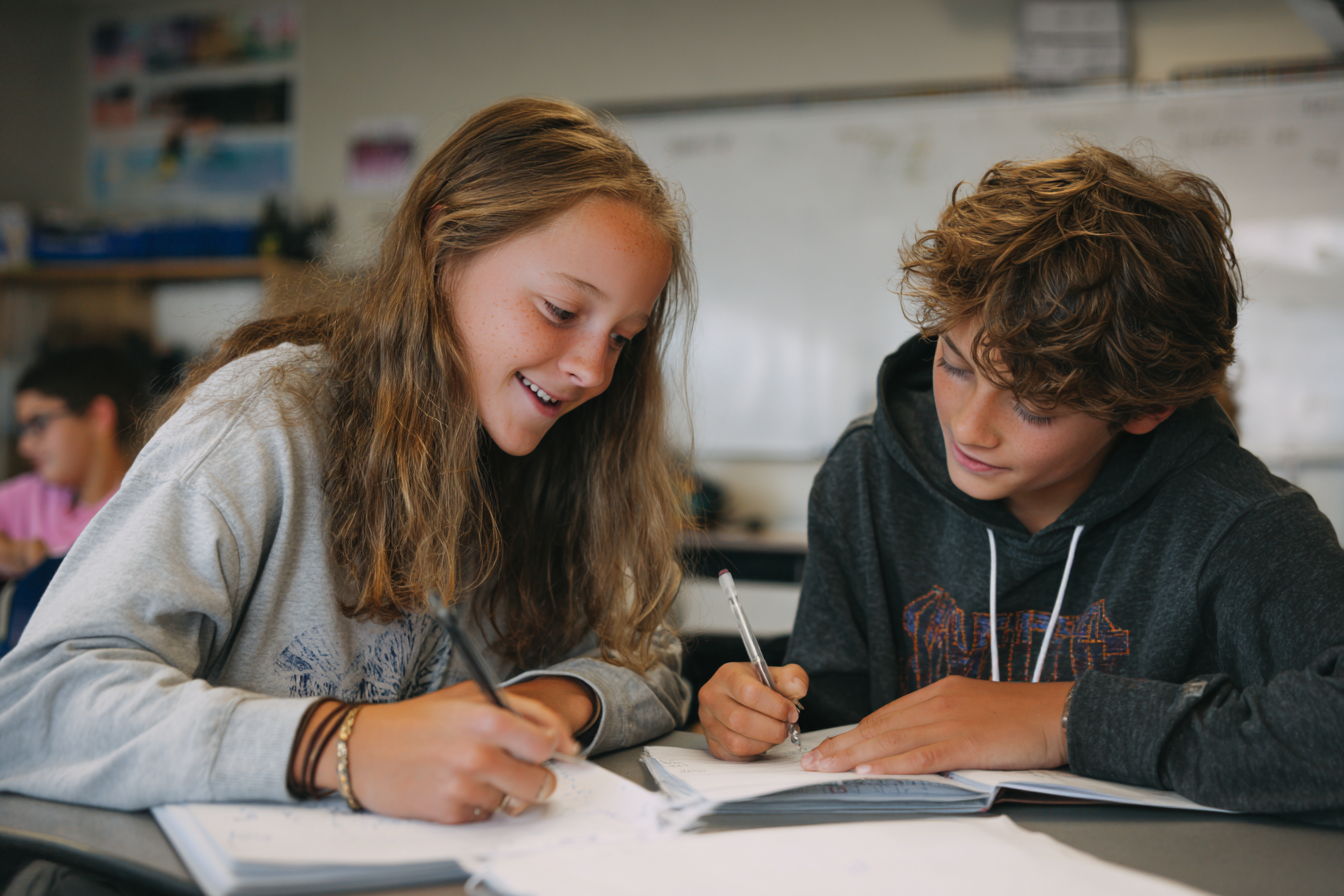Unit Plan 11 (Grade 7 Social Studies): The Mongol Empire—Bridge of East and West
Evaluate how the Mongols expanded trade, improved security, and spread culture across Afro-Eurasia while weighing benefits and costs from multiple perspectives.

Focus: Evaluate how the Mongols expanded trade, security, and cultural diffusion across Afro-Eurasia; weigh benefits and costs from multiple perspectives.
Grade Level: 7
Subject Area: Social Studies (World History • Geography • Inquiry)
Total Unit Duration: 5 sessions (one week), 50–60 minutes per session
I. Introduction
Students examine the rise and governance of the Mongol Empire and its impact on overland and maritime exchange. They map Pax Mongolica corridors, analyze the yam relay system and paiza passports, and consider diffusion of goods, ideas, technologies—and disease—across four khanates.
Essential Questions
- How did Mongol rule change the security, speed, and scale of Afro-Eurasian exchange?
- Whose lives improved or worsened under Mongol governance, and why?
- How can we use maps and diverse sources to judge the legacy of the Mongols?
II. Objectives and Standards
Learning Objectives — Students will be able to:
- Explain causes and effects of Mongol expansion and governance on trade and cities (Hist.2).
- Describe diverse perspectives (steppe elites, conquered farmers, merchants, artisans, women) using primary/secondary sources (Hist.3).
- Map diffusion of commodities, beliefs, technologies, and pathogens along Mongol-era routes (Geo.5).
- Compare the logistics of caravan movement under the yam system to pre-Mongol conditions.
- Construct a balanced claim about the Mongol legacy supported by mapped evidence and sourced testimony.
Standards Alignment — 7th Grade (C3-based custom)
- 7.C3.Hist.2 — Causes/effects of major developments (empires, innovation, exchange).
- 7.C3.Hist.3 — Diverse perspectives and experiences across societies.
- 7.C3.Geo.5 — Global exchange networks and diffusion across continents.
Success Criteria — Student Language
- I can show on a map how routes, nodes, and yam stations increased movement and security.
- I can cite voices from different groups to explain varied experiences under Mongol rule.
- I can make a clear, supported judgment about the Mongol legacy (benefits/costs) using geographic and textual evidence.
